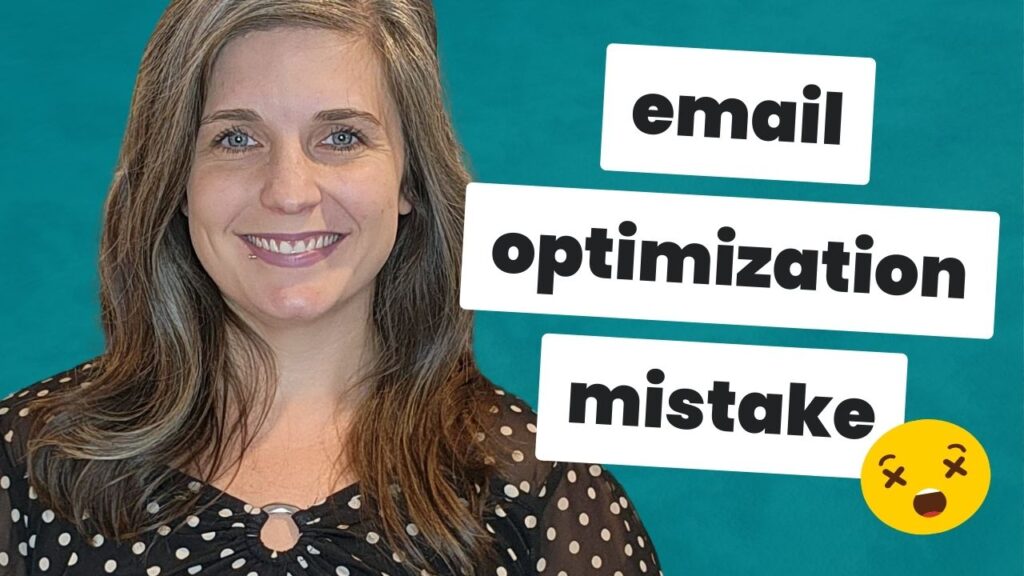Sometimes when optimizing for higher conversion rates, the decisions we make can create new objections and concerns. Listen along as I share a story from my project files. You’ll hear about a brand that had an unexpected proof problem and what I recommended they do about it.
Transcript:
Sometimes when we’re optimizing for higher conversion rates, decisions we make to overcome objections or handle concerns end up creating new objections and concerns that we then have to overcome to continue to boost our conversion rates.
Hi, I’m Paige. I’m a Conversion Copywriter.
Today, I want to share a story with you from one of my past client projects.
I was doing some light voice-of-customer research for a brand that was looking for ways to optimize its Facebook campaigns and top-of-funnel messaging in order to get more people into the funnel and, of course, increase sales on the back end.
This brand sold a hair restoration type of training program. And like lots of training programs, the company was piggybacking on the success of the founder.
The founder had a really impressive success story around her ability to restore her poor hair health and achieve a head of hair that was just incredible and beautiful to look at.
And naturally, because the business was founded primarily on her success and that’s how it started, a lot of the marketing was focused on showing her transformation and showing what she was able to achieve.
Now the problem was that…
Her transformation was so tremendous that it was almost unbelievable.
If you can picture a young woman with gorgeous, silky, strong, healthy-looking hair from heer scalp to her ankles, literally to her ankles, then you can kind of imagine what I mean.
As I went through the raw data, I started to see comments like:
- “This is so unbelievable.”
- “That has to be hair extension.”
- “There’s no way this is real.”
I also saw comments like:
- “I’m a white woman in my 50s. Can this work for me?”
- “I have a specific ethnic background and a specific hair issue. Can this work for me?”
- “I’m not 20-something. Can this work for me?”
So not only did I note concerns around the authenticity and believability of the founder’s transformation, which was critical to proving that this actually worked, but I was also seeing specific concerns around race or ethnicity, specific hair issues, and age. Because they differed from the founder.
The founder had a specific ethnic background (visibly). She was a young, 20-something, and she had restored a specific hair issue. People who didn’t identify with her, who couldn’t see themselves in her transformation, had concerns about: Will this work for me?
So even though the team had relied on the founder’s story as proof that the program would work, that proof was actually creating new concerns for the audience.
Part of my recommendation to the team was:
to diversify their proof – showcasing people of different ages, with different ethnicities, and with different hair issues – throughout their marketing. Not just in their ad campaigns but also on their landing pages and sales pages.
That way, they could overcome these objections, soothe concerns, and prove that the same strategies and techniques taught in the program were applicable to different types of people, that they had proof that all types of people were able to get results from this program.
The good news is that the brand already had this type of proof. They just hadn’t been using it.
I’m telling you this story because I want you to realize 2 things.
One, doing voice-of-customer research is essential because, a lot of times, we have blind spots.
Even though we try to make the best decisions, we have blind spots. We need that feedback from potential buyers to know what’s really getting in the way of them taking us up on the program, product, or service we know can have a tremendous impact on their life.
There are things getting in the way, and we want to hear that from a credible source – potential buyers!
Those insights will strengthen your marketing efforts.
Two, it’s important to continually listen to those conversations.
Voice-of-customer research is not something you do once, and it’s done. It’s something you do periodically because, as you can see from the story, decisions that were made in order to strengthen the proof of the program and show it works created new objections and concerns that had to be addressed.
Everything you do to boost conversions, to optimize, could spark new things that you need to address. So that’s why you have to do your voice-of-customer research as an ongoing endeavor.
If you’d like help figuring out what holds your ideal buyers back, so you can address those objections and concerns with the goal of improving your conversion rates, then let’s chat.
Click here to start a project conversation with me.


